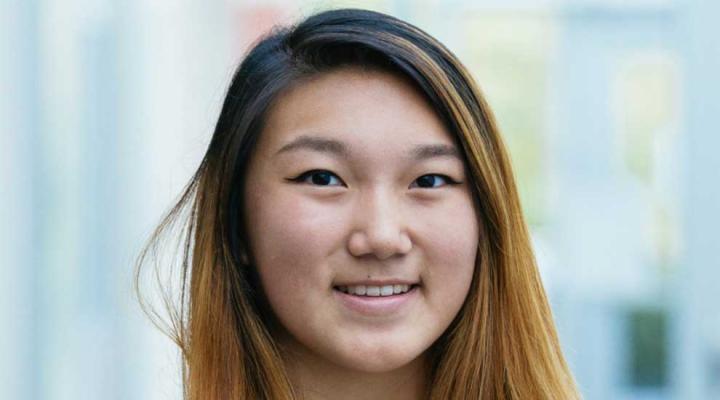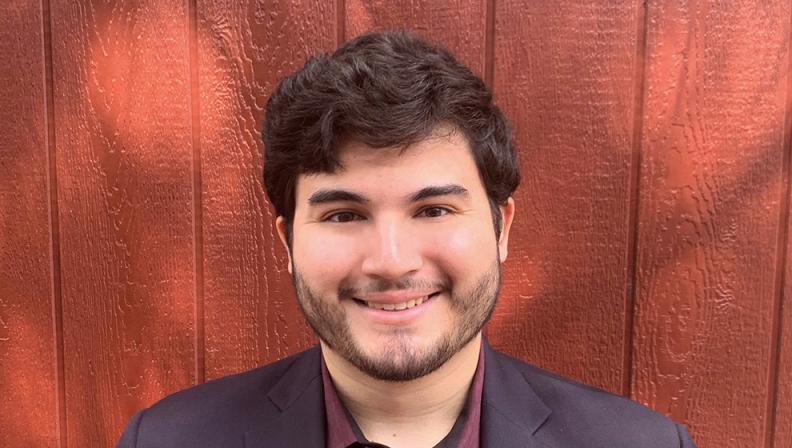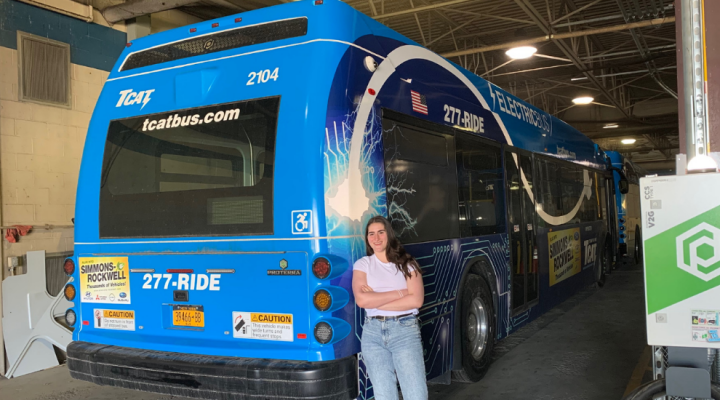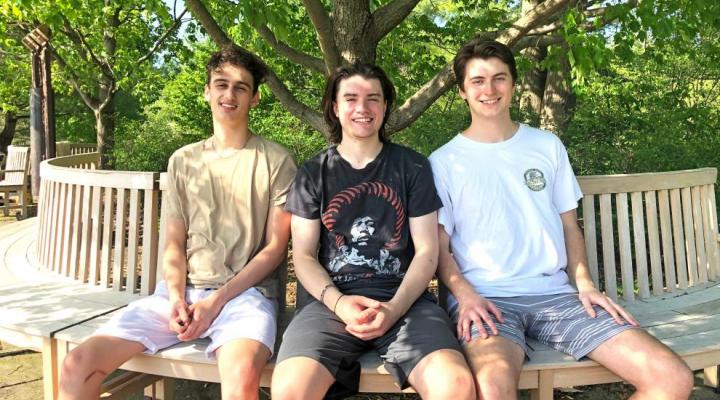Benito De Leon ME ’19, M.Eng. ’20 has been interested in science for as long as he can remember. He can pinpoint his fascination with the sciences, aircraft, and spacecraft back to his childhood visits to the Smithsonian Air and Space Museum.
“Going there [the Smithsonian] inspired me and showed me what was possible with engineering, and I knew it was something I wanted to go deeper into even then,” says De Leon. “As I grew up my interests only grew as I developed an affinity for STEM subjects, especially space and space exploration.”
De Leon was drawn to Cornell and the Sibley School by the hands-on experience students receive through research opportunities and project teams. He was so eager for hands-on experiences in engineering that during his Sophomore year, De Leon and some peers in MAE founded a new club.
The club, Cornell Aerial Robotics, works to design and construct autonomous multi-rotor UAVs for competition. The mechanical sub-team, for which De Leon is the lead, is responsible for frame design and hardware layout, while the electrical sub-team works on developing computer vision and autonomous flight capabilities. The group has made a great deal of progress since its founding and is hoping to be ready for competition in the next year. This experience gave De Leon the opportunity to develop his management and leadership skills with firsthand experience and leave a lasting mark on Cornell.
De Leon decided to stay at Cornell for an M.Eng. in Aerospace Engineering to continue his studies and to dive deeper into his specific interests. He focused on two major fields - additive manufacturing and engineering simulations. “During my M.Eng. I have been able to take specialized classes in both of these subjects, and combine them for my capstone project,” says De Leon.
De Leon believes an M.Eng. will help him find a career that works in the narrow field he is interested in – allowing him to make more significant contributions in that position.
Many people have influenced his path during his career at Cornell – one of the most notable being Matt Ulinski, Master of Engineering Program Director in the Sibley School of Mechanical and Aerospace Engineering. De Leon was struggling to find an advisor for his independent M.Eng. project until Ulinksi offered to advise him.
“He [Ulinksi] has been incredibly helpful in guiding me on my project as well as where to look in the professional world for future career opportunities,” says De Leon.
De Leon also attributes a great deal of his success to Rajesh Bhaskaran, Swanson Director of Engineering Simulation in the Sibley School. Bhaskaran provided De Leon with many contacts and resources without which he wouldn’t be able to complete his capstone project.
“He [Bhaskaran] is always willing to help out students in any way he can. I am incredibly grateful to both of them, as well as and the department as a whole for making my time here such a positive experience,” says De Leon.
For his M.Eng. project, De Leon is using topology optimization and generative design to optimize the airframe geometry of an unmanned aerial vehicle (UAV). By designing the geometry to efficiently transfer loads through the structure, the airframe mass can be reduced significantly. This results in increased performance of the vehicle, specifically in extended flight times/range and increased maximum payload capacity.
Special attention has been paid to the realities of traditional and additive manufacturing, in order to ensure that any design produced can be realistically fabricated. The purpose of his project is to expand the capability of autonomous UAVs to carry medical payloads during humanitarian operations, however, this type of design optimization can be applied to any system where weight reduction is beneficial.






